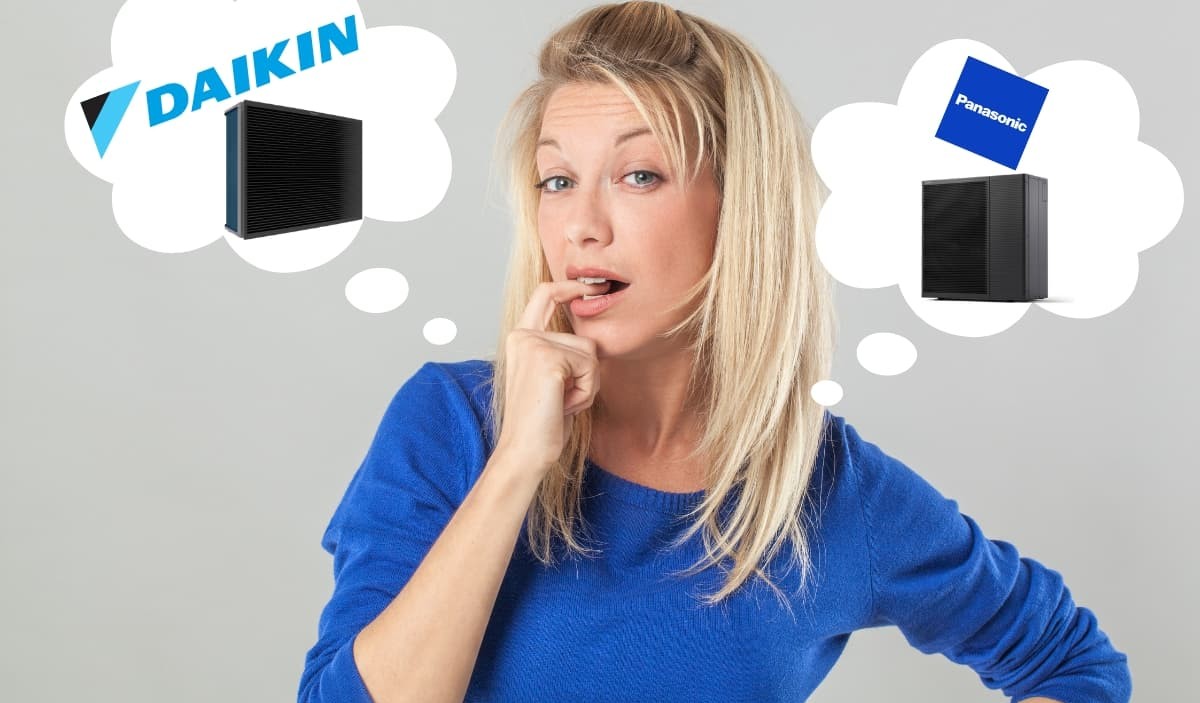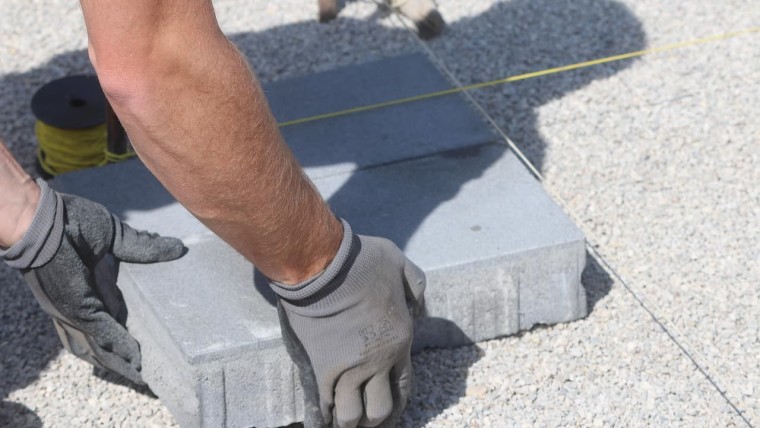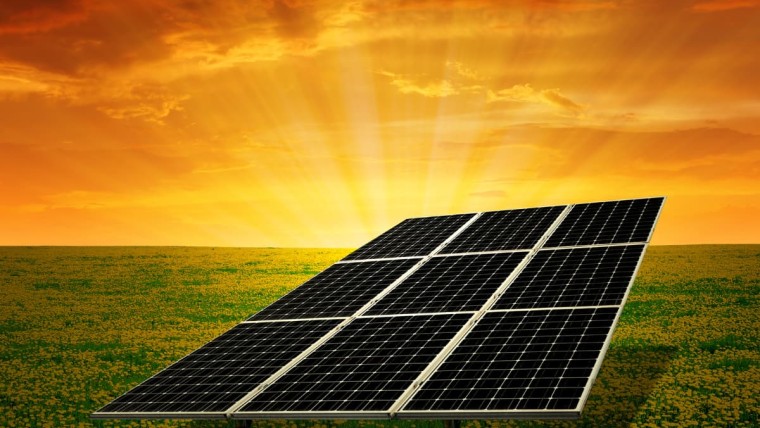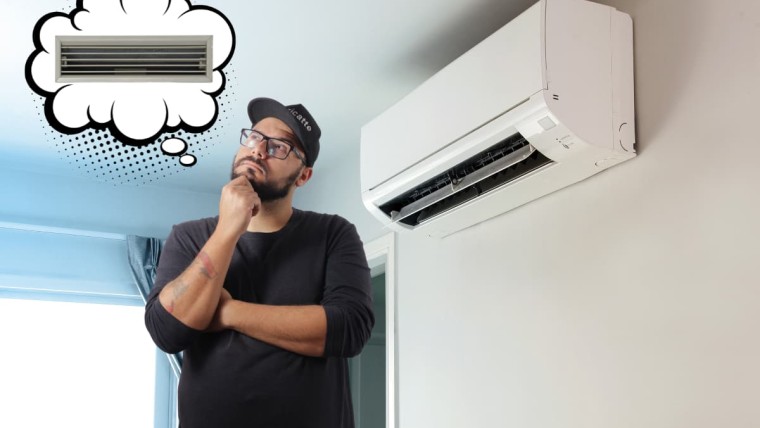When you're looking for heat pumps, it won't have escaped you that Japanese brands have a strong presence on the market. While Panasonic is best known for its various household appliances, Daikin is the most popular when it comes to heat pumps and, above all, air conditioners.
In the following lines we compare two of the most popular air-water heat pumps for each brand, Daikin and Panasonic, and in particular their respective ranges => Altherma vs. Aquarea.
Daikin and Panasonic brands
Daikin is Japan's best-known brand of air conditioners. Created in 1924 in JapanIt's a brand that's always at the forefront of innovation, and likes to position itself on new trends before anyone else. This brand has many qualities, including a propensity for bringing to market appliances that are both aesthetically pleasing and quiet. Its best-known PAC range is the Altherma range.
Panasonic has been also created in Japan, in Osaka, in 1918. Specializing in electronics, refrigeration and solar components, the company is well versed in the construction of heat pumps, and enjoys a strong presence in the French-speaking market, notably through its Aquarea range. Generally speaking, their machines are more affordable, and simpler in appearance, but they know how to evolve, and their latest ranges show efforts in terms of aesthetics.
The two heat pump models in the Daikin vs Panasonic comparison
In order to make a reasonable comparison, we've chosen two popular models with equivalent power ratings and similar applications.
For Panasonic, we'll be looking at the heat pump Aquarea AIO L Series single-phase R290 (propane). This is a split with hydraulic connection between indoor and outdoor units, capable of delivering 9kW A7W35 heating capacity, with a COP between 3 and 4.5 depending on output temperature (55°C or 35°C)
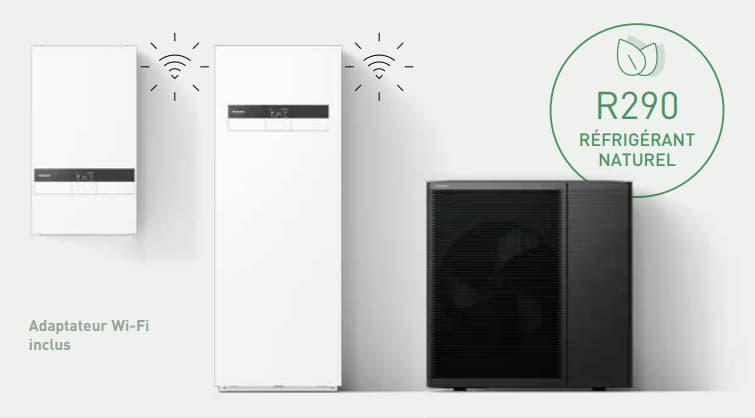
Then, for the Daikin brand, we will consider the model Daikin Altherma 3H MT (Medium temperature) R32 size 08 which is a hydraulically-linked split that can supply between 7 and 8kW depending on operating conditions.
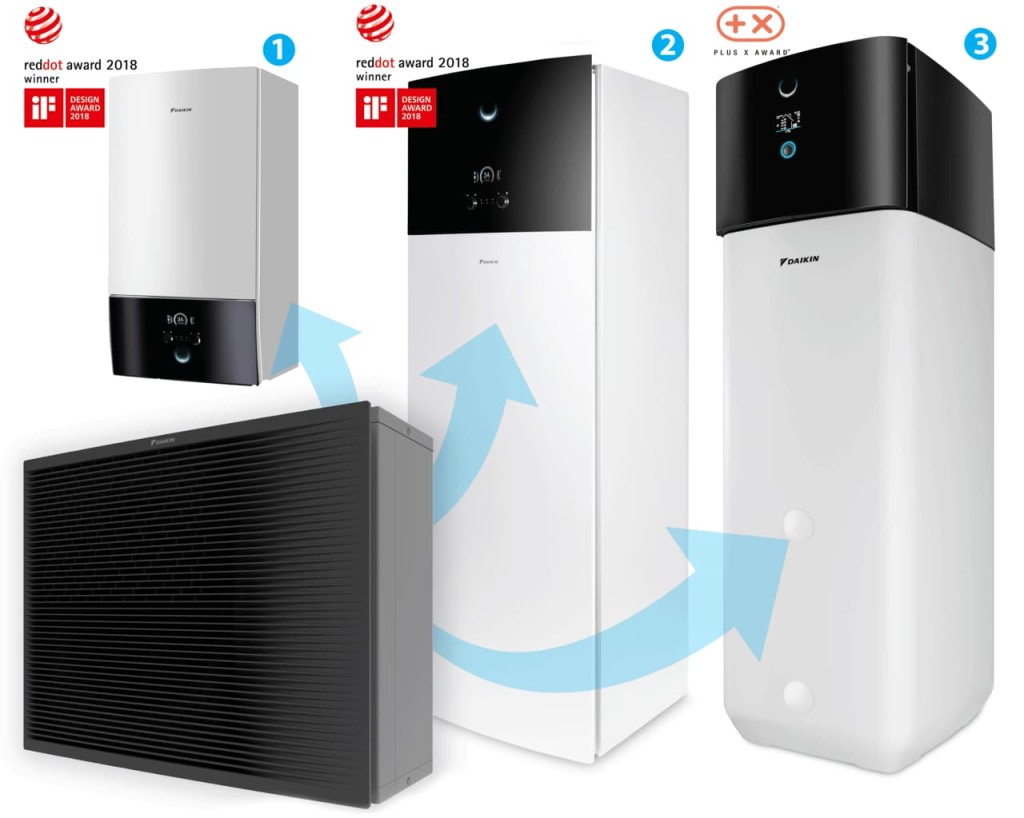
Daikin vs Panasonic thermal performance: which is more economical?
Data sheet Daikin Altherma 3 H MT
Technical data Panasonic Aquarea L Series
For low-temperature (35°C)
At 35°C, the Daikin has a SCOP of 4.81, while the Panasonic has a SCOP of 4.84. We're on almost equal terms.
Compared to an electrical system, these two machines divide your consumption by almost 5.
As a reminder, SCOP is the Seasonal Coefficient of Performance, i.e. an average COP smoothed over the year. The heat pump is less efficient when it's cold and the COP falls, but in mid-season it's more efficient and the COP rises. The idea of the SCOP is to calculate an average to get an idea of the savings over the course of a year.
For medium temperature (55°C)
The Daikin Altherma 3 H MT Size 08 in our example delivers a maximum heating capacity of 7.55 kW at -7°C outside, and a radiator flow temperature of 55°C. The SCOP at 55°C is 3.52, which in theory divides an electricity bill by 3.52 if you were previously heating with pure electricity.
As for the Panasonic Aquarea Série L size 9kW, it delivers 7kW A-7/W55 with a SCOP of 3.67.
The Panasonic delivers slightly less power at equivalent temperature, but its SCOP is slightly higher. If 7kW is enough for your needs, in theory the Panasonic is slightly more economical, but this is negligible.
Daikin vs Panasonic aesthetics
The two Japanese heat pumps are quite similar. Their very modern design relies on the color black to blend into the environment.
Synonymous with class, black gives these products a polished, upscale appearance.
It's a bit of a first for Panasonic to offer such an attractive PAC. Daikin, on the other hand, has been working on its design for a little longer, it seems. At least since the birth of the Altherma 3, which kicked off hostilities between the manufacturers over who would have the best-looking heat pump.
Footprint Daikin vs Panasonic
The Daikin Altherma 3H MT
Outdoor group 1,003 X 1,270 X 533 mm
The Panasonic L-Series Aquarea
Outdoor group Dimensions: 996 x 980 x 430 mm
The Daikin heat pump takes up more space. Particularly in width: it's almost 30cm wider.
And in depth, it measures 13cm more and will therefore take up more space in the front. All the more so as it requires a space between wall and heat pump
Noise Daikin Altherma 3 H MT vs Panasonic Aquarea L series
Hot, the Panasonic Aquarea L Series delivers 54dBA of sound power
The Daikin Altherma 3H MT is rated at 53dBA sound power level.
The two machines are equivalent in terms of noise generated. 1dBA is a negligible difference. To really divide a noise by 2m requires a difference of 10dBA.
The two machines will enable you to pass on requests from different communes or regions without hindrance, and without creating a nuisance for your neighbors.
Daikin vs Panasonic prices: which is the cheapest?
The 9 kW Panasonic Aquarea L Series is less expensive than the Daikin Altherma 3H MT, with a difference of around 20%.
Indeed, while the Daikin Altherma 3H MT (interior + exterior) can be found at just over €10,000 inc. tax, the Panasonic Aquarea Série L can be found at just under €8,000 inc. tax, as shown in the screenshots below.

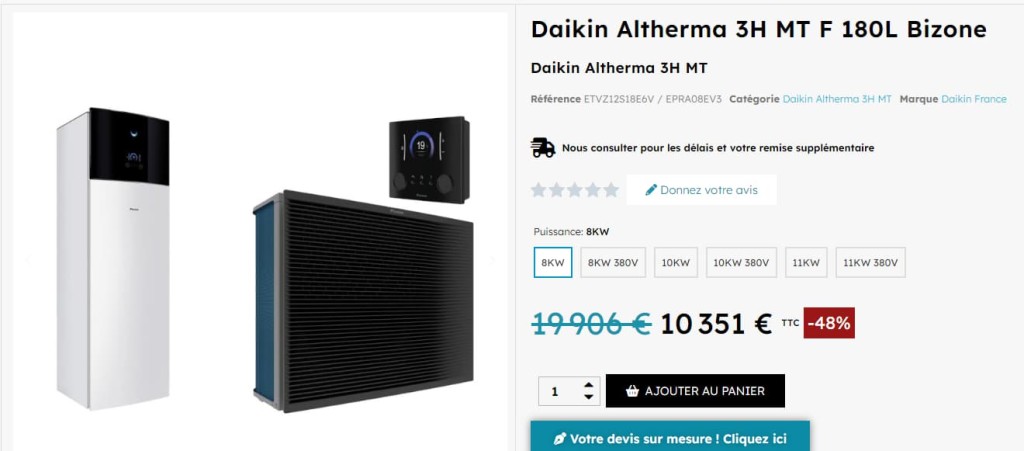
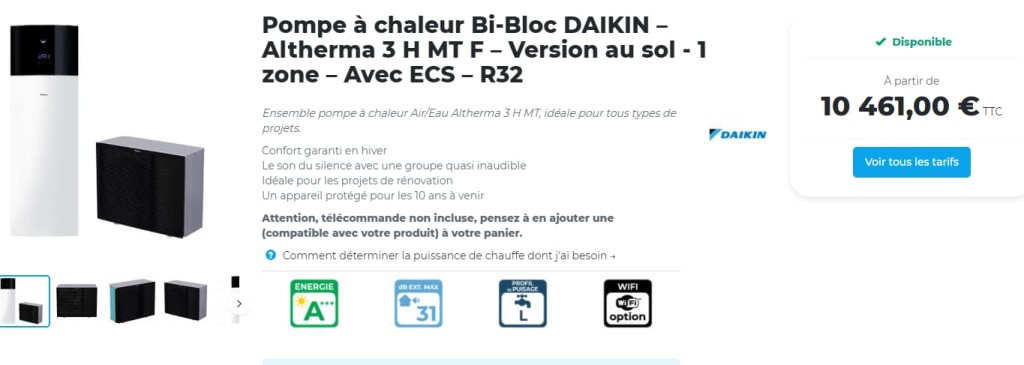
In conclusion, choosing between a Daikin Altherma and a Panasonic Aquarea heat pump is not just a question of energy performance, which is very similar between the two brands.
It also encompasses aesthetic, space, noise and, above all, budget considerations. Daikin, with its longer history of heat pump design and innovation, offers units that are more aesthetically pleasing and slightly quieter, but with a larger footprint and a higher price tag.
Panasonic, for its part, offers a more affordable solution, with notable efforts in terms of aesthetics in its latest ranges, and slightly superior thermal performance in some cases.
Your decision should therefore take into account your personal priorities: if you value aesthetics and a long-standing reputation, Daikin could be your choice.
If your decision is guided by budget and comparable energy efficiency, Panasonic could be the best option.. In all cases, these two Japanese brands demonstrate their leadership in the heat pump market, offering robust, efficient solutions tailored to the diverse needs of consumers.

Julien G.
Julien, diplômé en ingénierie mécanique et spécialiste en génie climatique depuis 2009, s'est reconverti en rédacteur spécialisé en énergies renouvelables, avec une expertise en pompes à chaleur et panneaux solaires photovoltaïques pour l'habitat individuel.
